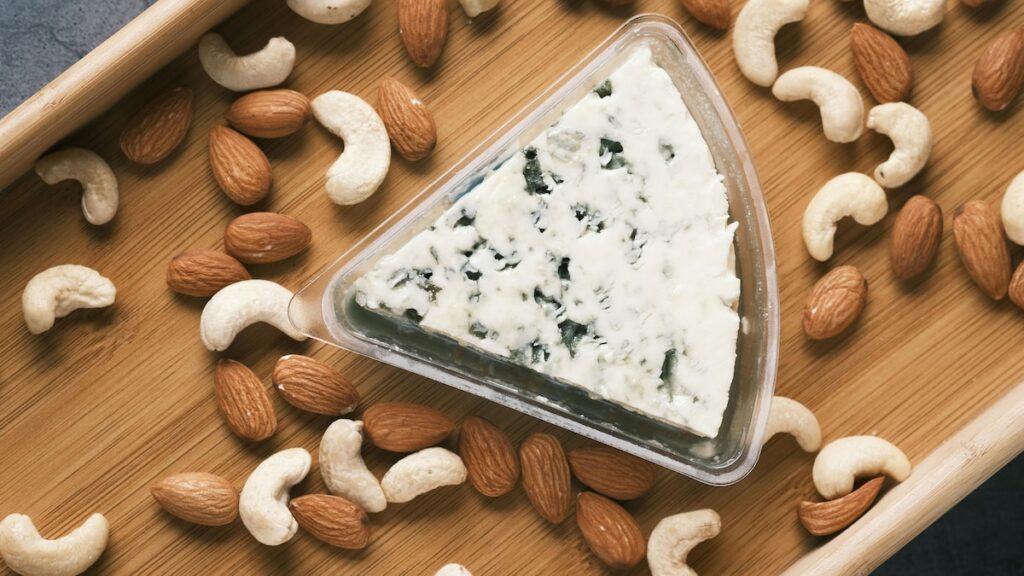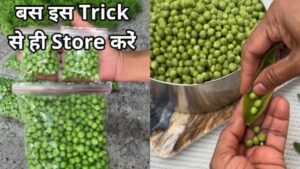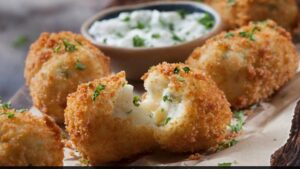Moldy Food: Surprising Foods You Can Still Eat (And The Ones You Should Toss)

No one wants to throw out perfectly good food, but when you spot mould on something in your fridge, how do you know if it’s still safe to eat? While mouldy food often means it’s time to toss it, there are some exceptions. According to the United States Department Of Agriculture (USDA), certain mouldy foods are still edible if handled correctly, while others should go straight into the bin. Here’s your go-to guide on which mouldy foods are salvageable and which ones pose a health risk. Knowing the difference could save you from foodborne illness – and save you money in the process!
Here’re 8 Mouldy Foods You Should Always Discard
- Bread and Baked Goods: These porous foods allow mould to spread beneath the surface, making them unsafe to eat.
- Soft Fruits and VegetablesItems like berries, peaches, cucumbers, and tomatoes may have hidden mould below the surface. Toss them immediately.
- Yoghurt and Sour Cream: Due to their high moisture content, mould can spread through these dairy products unseen. If mould appears, throw them out.
- Jams and Jellies: The USDA warns that mould in jams and jellies may produce dangerous mycotoxins, so these should be discarded.
- Some Cheeses: While certain cheeses are made with mould, soft varieties like Brie, Camembert, cream cheese, and crumbled cheeses should be tossed if mould appears.
- Meats, Bacon, and Hot Dogs: Moisture-rich meats like these can harbour mould beneath the surface, making them unsafe to eat.
- Cooked Leftovers: Whether it’s pasta, casseroles, or meat, cooked leftovers with mould should always be discarded, as mould contamination may run deep.
- Peanut Butter, Nuts, and Legumes: Without preservatives, these foods are at risk for mould, which can be harmful if consumed.
Also Read:Make Way For Orange Fungus – A New Sensation In The World Of Gastronomy

Soft fruits like strawberries should be discarded if mould develops
Here’re 4 Mouldy Foods That Are Safe to Eat
- Hard Salami and Dry-Cured Hams: A surface mould on these meats is normal. Simply scrub it off before eating.
- Hard Cheeses (Without Mold in Processing): Mold generally doesn’t penetrate hard cheeses like Cheddar, Parmesan, and Asiago. Cut off at least 1 inch around the mould spot and avoid touching the mould with the knife.
- Hard Cheeses (With Mold in Processing): Blue cheeses like Gorgonzola and Stilton are safe to eat if mould appears on the surface-just trim at least 1 inch around the affected area.
- Firm Fruits and Vegetables: Dense produce like cabbage, carrots, and bell peppers aren’t easily penetrated by mould. Cut off at least an inch below the mouldy spot before consuming.
Also Read: Scientists Have Made 100 Percent Biodegradable Plastic From Barley, Can Be Used For Food Packaging
When it comes to mouldy food, knowing what’s safe and what’s not can help prevent food waste while keeping you healthy. While some mouldy foods can be salvaged with careful trimming, others should be thrown out immediately to avoid potential health risks. Next time you spot mould in your fridge, use this guide to decide whether to cut or toss!
About Neha GroverLove for reading roused her writing instincts. Neha is guilty of having a deep-set fixation with anything caffeinated. When she is not pouring out her nest of thoughts onto the screen, you can see her reading while sipping on coffee.






